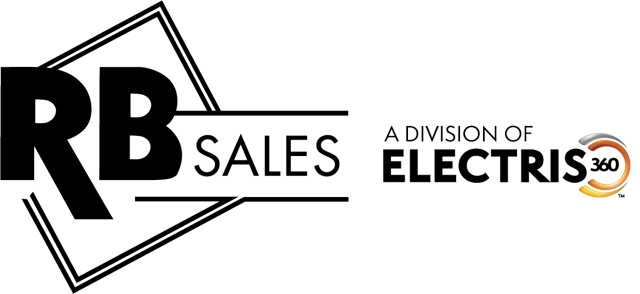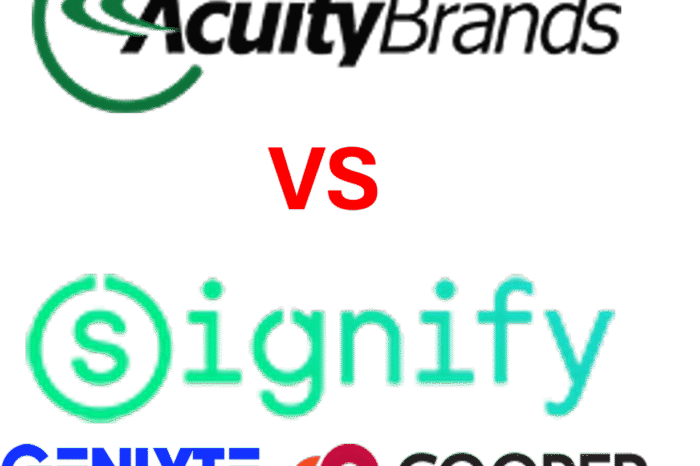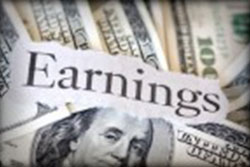Schneider and Signify Register Improvement in Q3
Continuing with manufacturer quarterly reviews to share marketplace insights, Schneider and Signify recently shared results.
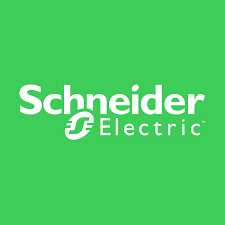
Schneider Electric
- Globally sales were up 1.3%
- For the quarter, North America, which is 29% of
Schneider’s business, was down 7%
- North America shifted to positive for year over year growth. (This infers strong Q1, weak Q2 and improving Q3 to off-set Q2)
- US had strength in the discrete and OEM markets
- Schneider sees COVID as being an “accelerator of digitalization”. According to Schneider “effectively all of the customers that we speak to nowadays have digital agenda as part of their top priorities.” (It’s important to note that when Schneider uses the term “customer” they are referring to distributors, retailers AND end-users / contractors. For distributors this means 1) what are your digitalization initiatives (eCommerce, sales, marketing, supply chain, operational optimization, etc) and 2) is your sales organization talking to the right people at your customers about their digitalization efforts (business optimization, data gathering from systems, IIoT, their digital ordering desires, accessing information, utilization of CAD and BIM files, etc. If at all possible, distributors should ask customers open-ended digitalization questions with a goal of educating their own salesforces (this may be a senior management discussion with key customers as it is a business conversation, not a sales conversation.)
- R&D for new products geared more towards
digitization (which will probably mean distributor sales forces will need to
be more technologically adept or supported by product specialists, unless the
distributor expects Schneider to create demand and the distributor wants to be
an order taker.)
- Schneider expects that products that have more technology in them will deliver more value (benefit) to the end-customer and therefore should be more profitable. (This also infers that these benefits will be marketed / sold to the end-user to generate a higher price, which could be good for distributors to generate higher gross margin dollars / unit sold, albeit this is product specific.)
- About 33% of Schneider’s “Building” group is residential. They are seeing strength in new build and renovation worldwide (and yes, there are supply chain issues in the US, which is expected to continue into Q1.)
- See some recovery in commercial and industrial with interest in “healthier and smarter” buildings but acknowledge “outlook for new CapEx for office buildings is uncertain for the near term.”
- Data center market is strong
- Oil and gas market, as expected, is “challenged” but expect, longer-term, this segment to be interested in their digitally-enabled products to drive efficiency.
- Energy Management division was up 2% in North
America. Canada also had growth.
- North America represents 32% of this business.
- Industrial Automation, globally, was down 2.5%,
with strong performance in discrete offers but weakness in process and hybrid.
- 19% of this business is in North America.
Overall, appears to be steady performance with the aforementioned supply chain issues. Benefiting from the residential market. Significant focus on digital for products and, eventually, engagement.
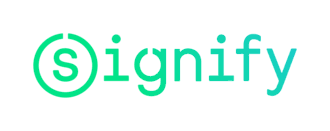
Signify
Signify, as many know, goes to market in the US under the brands of Philips Lighting as well as Cooper Lighting Solutions. Both compete openly in the marketplace. During the acquisition synergies in sourcing and back-office were mentioned but the intent, at least so far, is competitive offerings in the marketplace.
- Overall sales growth of 12.1% (however, this is not “apples to apples” given that Cooper was not in the prior year.)
- Americas was down 13.2% for Q3, down 17.6% YTD
- If looked at “comparable” then company was -8.3% (check how it compares with our Q3 Pulse of Lighting report)
- LED sales represent 82% of total sales (up from 81% in 2019)
- Signify segments their products as “Digital Solutions” and “Digital Products”. The “Digital Solutions” offering is larger and represents EUR 912 million whereas Digital Products is EUR 575 million.
- While it is unclear if this is essentially fixtures (Solutions) vs lamps (Products), commentary in these sections of the report infer this segmentation.
- For Digital Solutions
- 92% of sales are LED-based
- Connected-based sales represented 27% of total sales excluding Cooper Lighting
- For Digital Products
- Decrease of 2%
- Sales in consumer channel showed strong performance. Sales in OEM and Professional channels (distribution) were “impacted by measures taken by governments and customers.”



